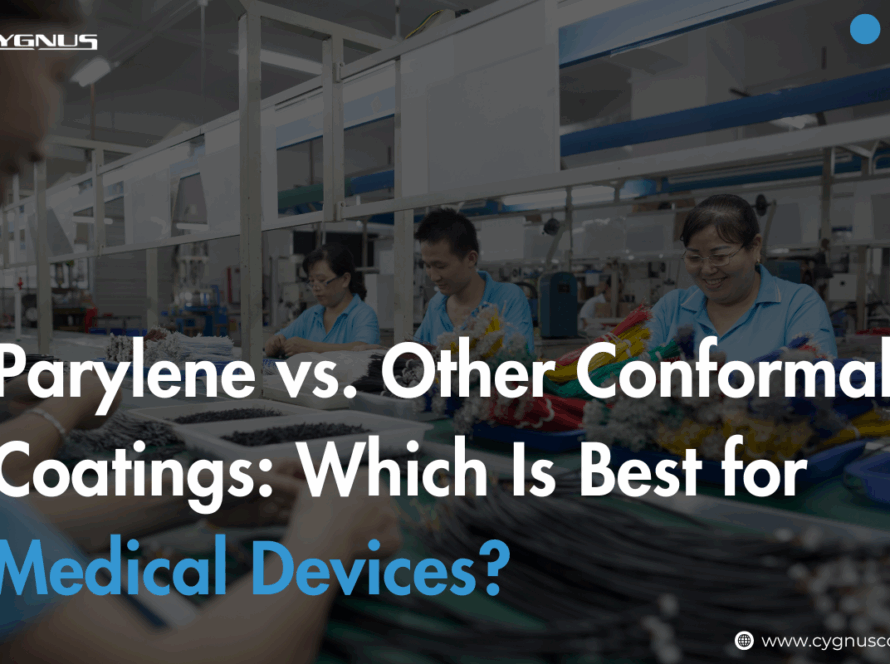Silicone potting compound for electronics might sound like industry jargon, but imagine a superhero cape for your electronic devices that shields them from almost every threat. This remarkable material not only enhances the durability of electronics but also ensures their seamless operation in challenging environments. Let’s dive into the world of silicone potting compounds and explore how they’re revolutionizing the safety and functionality of electronic components.
What is Silicone Potting Compound?
Silicone potting compound is a versatile, gel-like silicone material used to encase electronic assemblies. This encapsulation serves as a robust protective layer that guards against moisture, dust, mechanical impact, and temperature fluctuations. Its unique ability to withstand severe conditions while maintaining its properties makes it an essential choice for electronics in automotive, medical, and industrial applications, among others.
Benefits of Using Silicone Potting Compound:
| Benefit | Explanation |
| Thermal Management | Silicone potting compound for electronics effectively manages heat dissipation, preventing overheating and ensuring components operate within safe temperature ranges. |
| Environmental Protection | The compound offers robust protection against environmental factors such as moisture, dust, and extreme temperatures, safeguarding sensitive electronics. |
| Mechanical Protection | Provides excellent shock absorption and vibration resistance, minimizing the risk of damage from physical impacts and operational vibrations. |
| Chemical Stability and Longevity | Characterized by its chemical inertness, silicone potting ensures long-term durability and resistance against corrosive chemicals, maintaining the integrity of electronics. |
| Flexibility and Adaptability | Highly adaptable to different shapes and configurations, silicone potting compounds ensure that they can expand and contract without damaging the encapsulated components, crucial in fluctuating temperature environments. |
| Ease of Application and Repair | Silicone potting compounds are easy to apply due to their low viscosity and good flow characteristics, and can be reworked or removed for repairs without causing damage to the components. |
Applications of Silicone Potting Compound in Electronics:
Silicone potting compound is a versatile material used widely in the electronics industry for its protective properties and durability. Its application extends across a range of electronic devices, playing a crucial role in enhancing their longevity and performance. Let’s explore some of the primary applications of silicone potting compound in electronics, illustrating its importance and the benefits it brings to various devices.
Consumer Electronics:
In the realm of consumer electronics, silicone potting compounds are often used to protect sensitive components from environmental stresses such as moisture, dust, and mechanical shocks. For everyday gadgets like smartphones, tablets, and wearable devices, the silicone potting compound ensures that the delicate internal circuits are safeguarded against everyday wear and tear, which is a significant benefit of potting electronics.
Automotive Electronics:
The automotive sector benefits immensely from the application of silicone potting compounds, particularly in enhancing the reliability and safety of electronic components. These compounds are used in engine control units, sensors, and connectors, where they must withstand harsh conditions, including high temperatures and vibrations. The use of silicone potting compound in electronics here ensures that these critical components function flawlessly over the life of the vehicle, despite the challenging environment they operate in.
Industrial and Power Electronics:
Silicone potting compounds find extensive use in industrial settings, where electronics are exposed to extreme conditions. This includes power supplies, transformers, and control system components that must endure high temperatures, corrosive chemicals, and continuous vibrations. The potting compound acts as a barrier, protecting these components from such harsh conditions while enhancing their thermal stability and mechanical strength.
Medical Devices:
In medical electronics, reliability and safety are paramount. Silicone potting compounds are used in devices like pacemakers, defibrillators, and diagnostic equipment where component protection is critical. These compounds not only secure the devices from bodily fluids and sterilization processes but also ensure that they meet the stringent safety standards required in medical applications.
LED Lighting:
LED lights benefit from silicone potting compounds, primarily due to their thermal management properties. The compound helps dissipate heat efficiently, prolonging the life of LEDs which are sensitive to high temperatures. This application is crucial in both commercial and residential settings where LED usage is prevalent.
Telecommunications:
In telecommunications equipment, including transmitters and network switches, silicone potting compounds are used to ensure stability and performance in diverse environmental conditions. They provide the necessary protection against moisture and dust, which is crucial for maintaining the integrity and functionality of communication technologies.
Through these applications, silicone potting compound for electronics not only extends the life of electronic components but also enhances their performance and reliability. The broad range of its use underscores its essential role in modern technology, where the durability and efficiency of electronic devices are more critical than ever.
Best Practices for Applying Silicone Potting Compound:
| Best Practice | Explanation |
| Surface Preparation | Ensure surfaces are clean, dry, and free of any contaminants before applying the silicone potting compound for electronics. This promotes better adhesion and effectiveness. |
| Proper Application | Apply the silicone potting compound evenly to avoid air pockets and ensure complete coverage. Utilize appropriate tools and techniques for a consistent application. |
| Curing Process | Allow the potting compound for electronics to cure fully at the recommended temperature and humidity to achieve optimal physical and chemical properties. |
| Safety Measures | Wear protective gear and ensure adequate ventilation when handling silicone potting compound, especially in confined spaces, to safeguard against potential health risks. |
| Understanding the Difference Between Potting and Conformal Coating | Potting involves completely encasing the component in a protective material, whereas conformal coating is a thin layer that merely covers the surface. Both methods offer benefits of potting electronics but differ in the level of protection and the application process. |
Conclusion:
In conclusion, the use of silicone potting compound for electronics offers a multitude of benefits that significantly enhance the performance, durability, and reliability of electronic devices. Through its effective thermal management, environmental protection, and mechanical stability, this compound stands as a critical material in the electronics industry.
Whether in consumer gadgets, automotive components, medical devices, or industrial systems, the application of silicone potting compound ensures that electronics can withstand harsh conditions and operate effectively over their intended lifespan. Embracing these best practices in silicone potting compound application not only safeguards the components but also optimizes their functionality and longevity, making it an indispensable solution in modern electronics manufacturing and maintenance.
FAQs
What makes silicone potting compounds ideal for electronics?
Silicone potting compounds are ideal due to their excellent thermal stability, electrical insulation properties, and flexibility, which protect electronics from environmental and mechanical stresses.
How does silicone potting enhance the lifespan of electronic devices?
Silicone potting protects components from moisture, dust, thermal stress, and mechanical impacts, thereby significantly enhancing the durability and operational lifespan of electronic devices.
Can silicone potting compounds be used in high-temperature applications?
Yes, silicone potting compounds are highly resistant to extreme temperatures, making them suitable for use in high-temperature applications such as automotive and industrial electronics.
Are there any special considerations when removing silicone potting from components?
Yes, removing silicone potting requires careful handling to avoid damaging the components; using specialized solvents or gentle heating may be necessary to soften or dissolve the potting material for safe removal.



